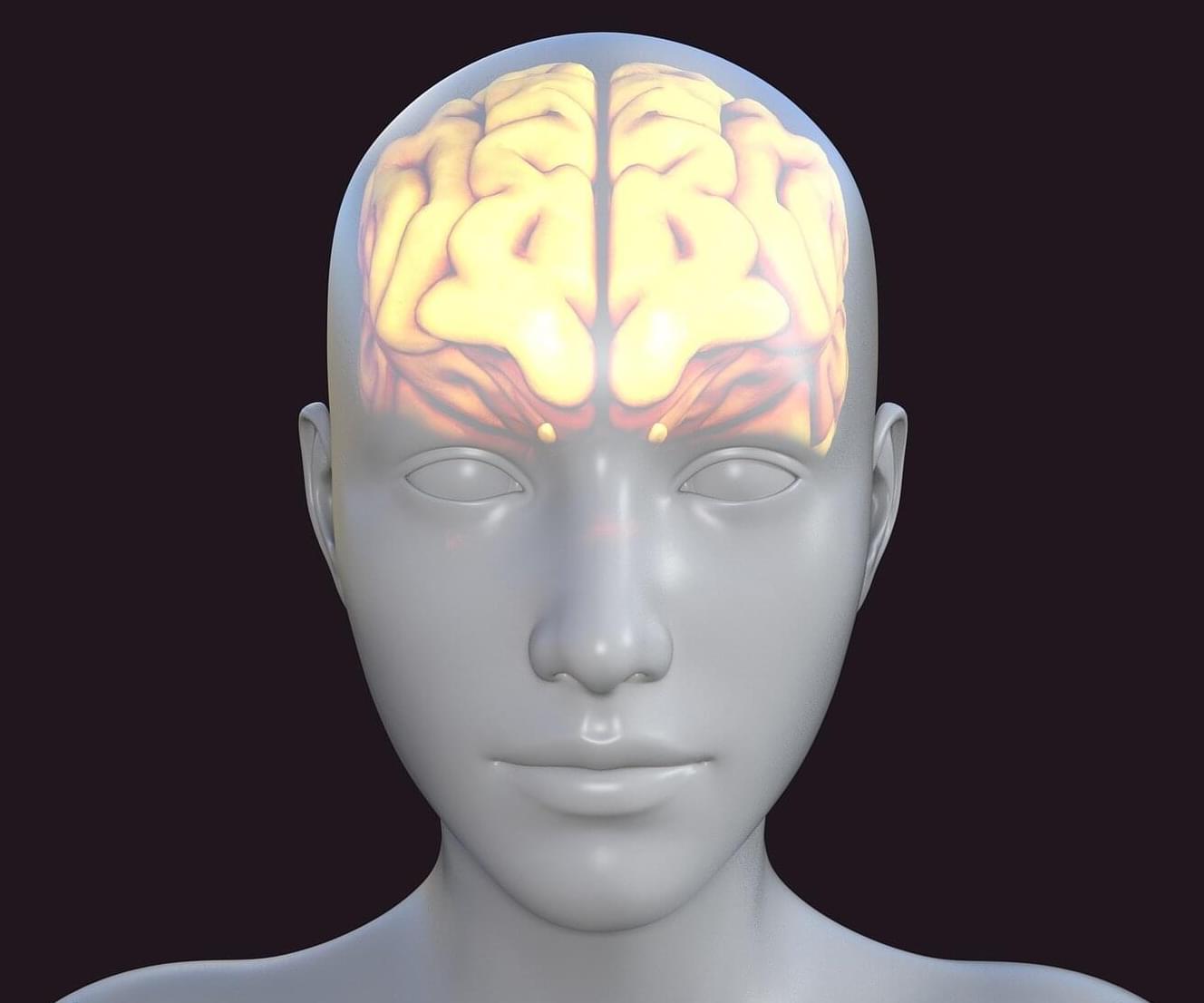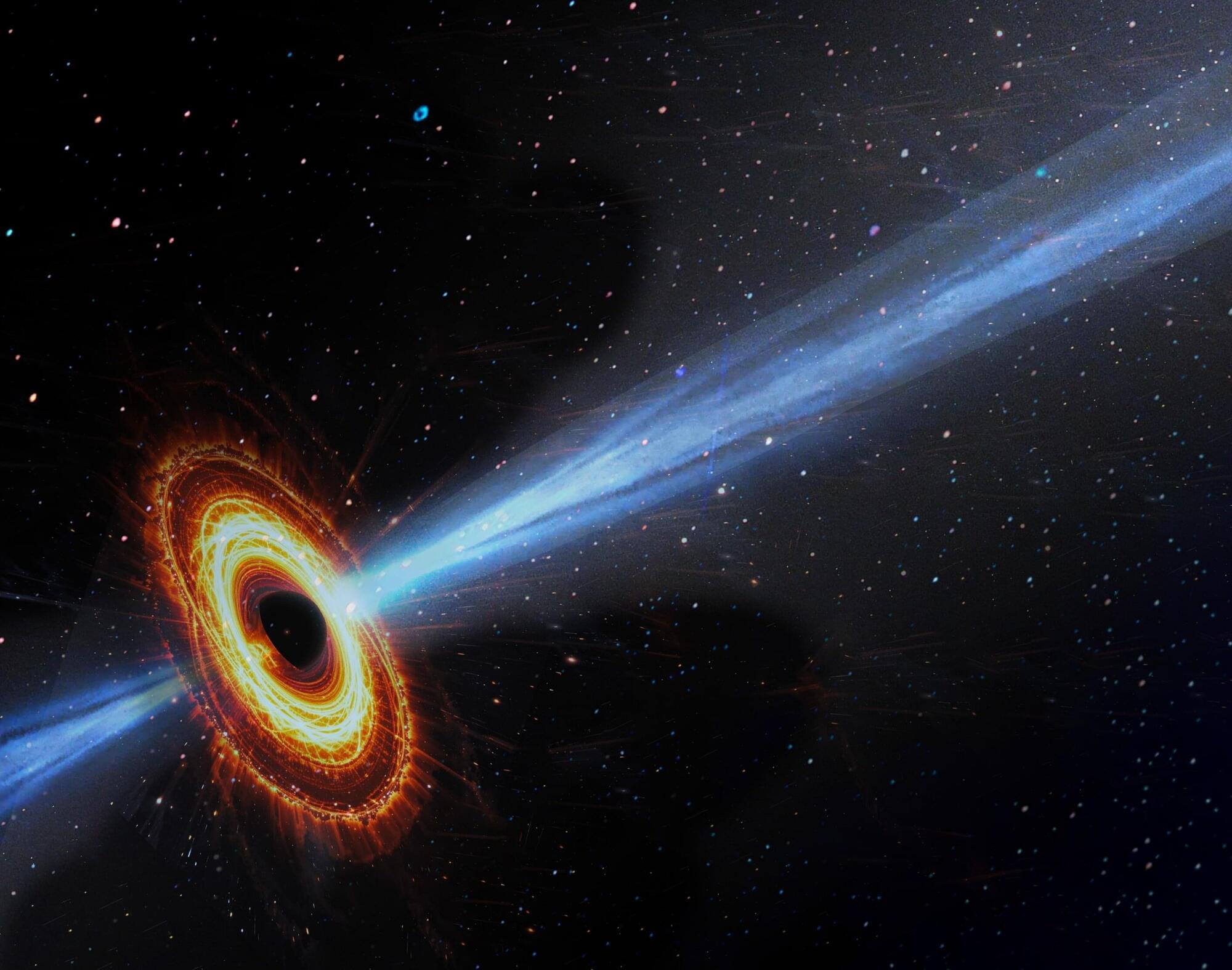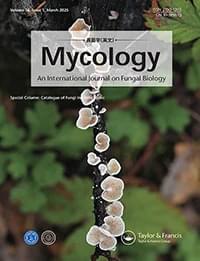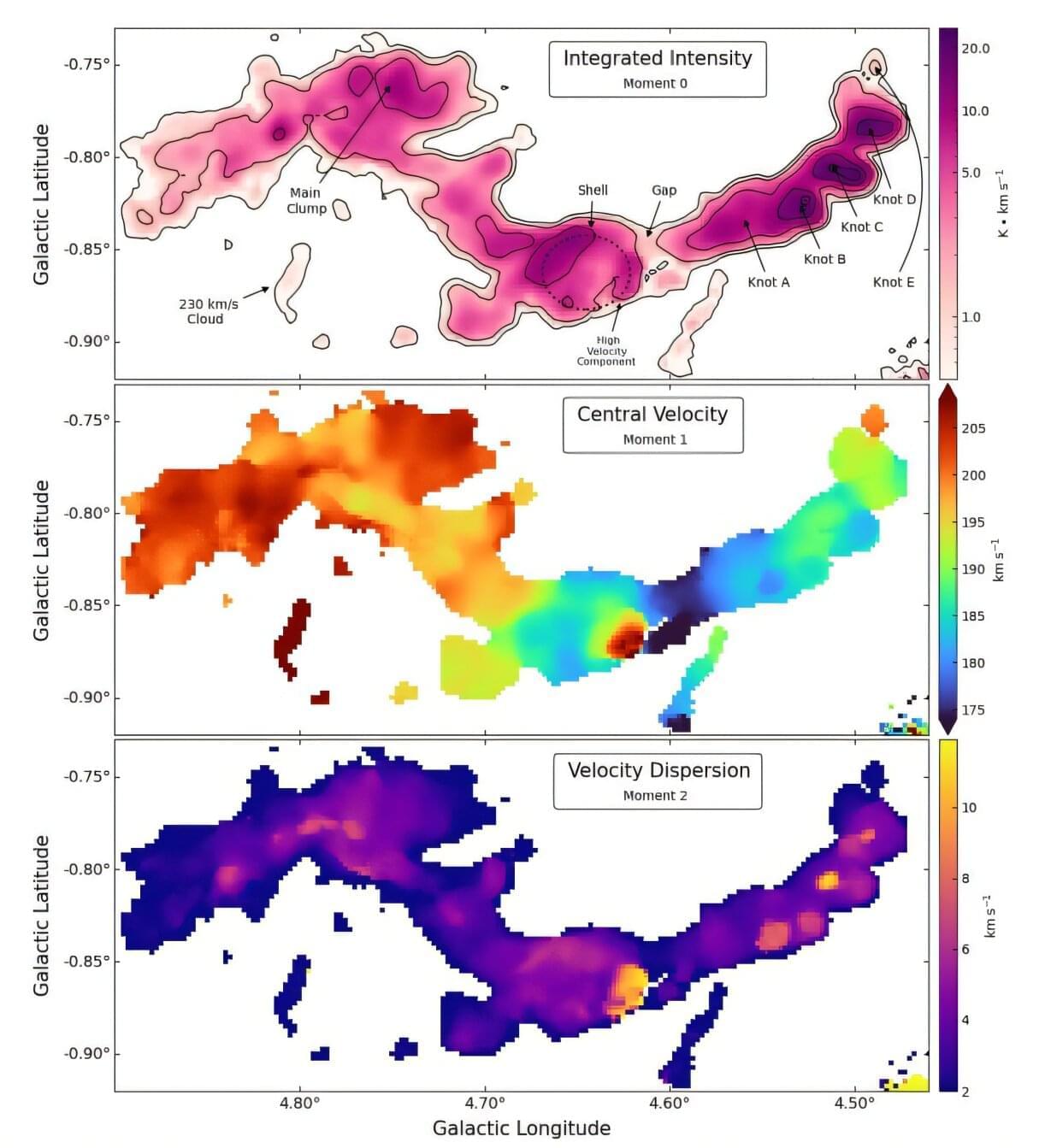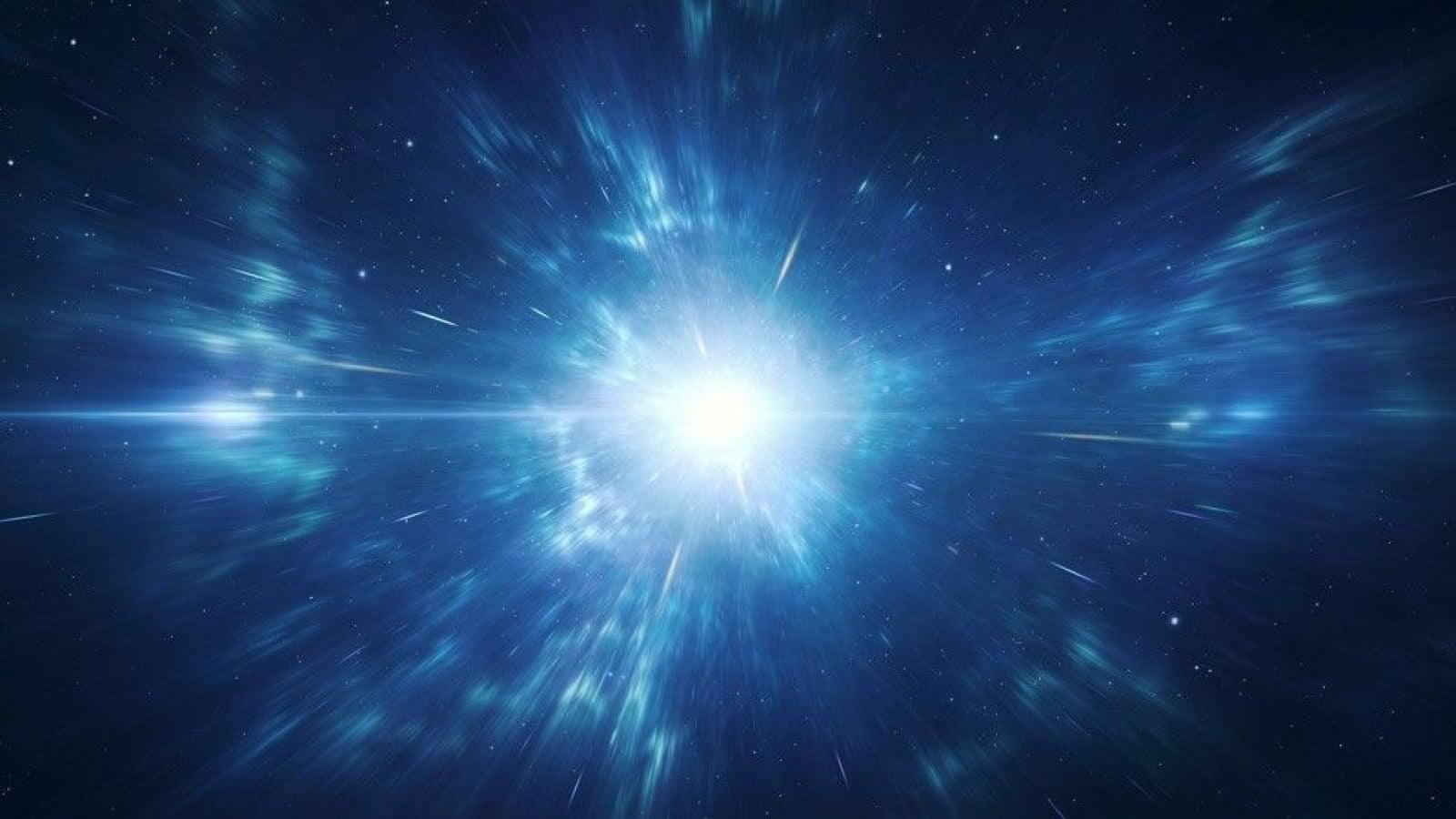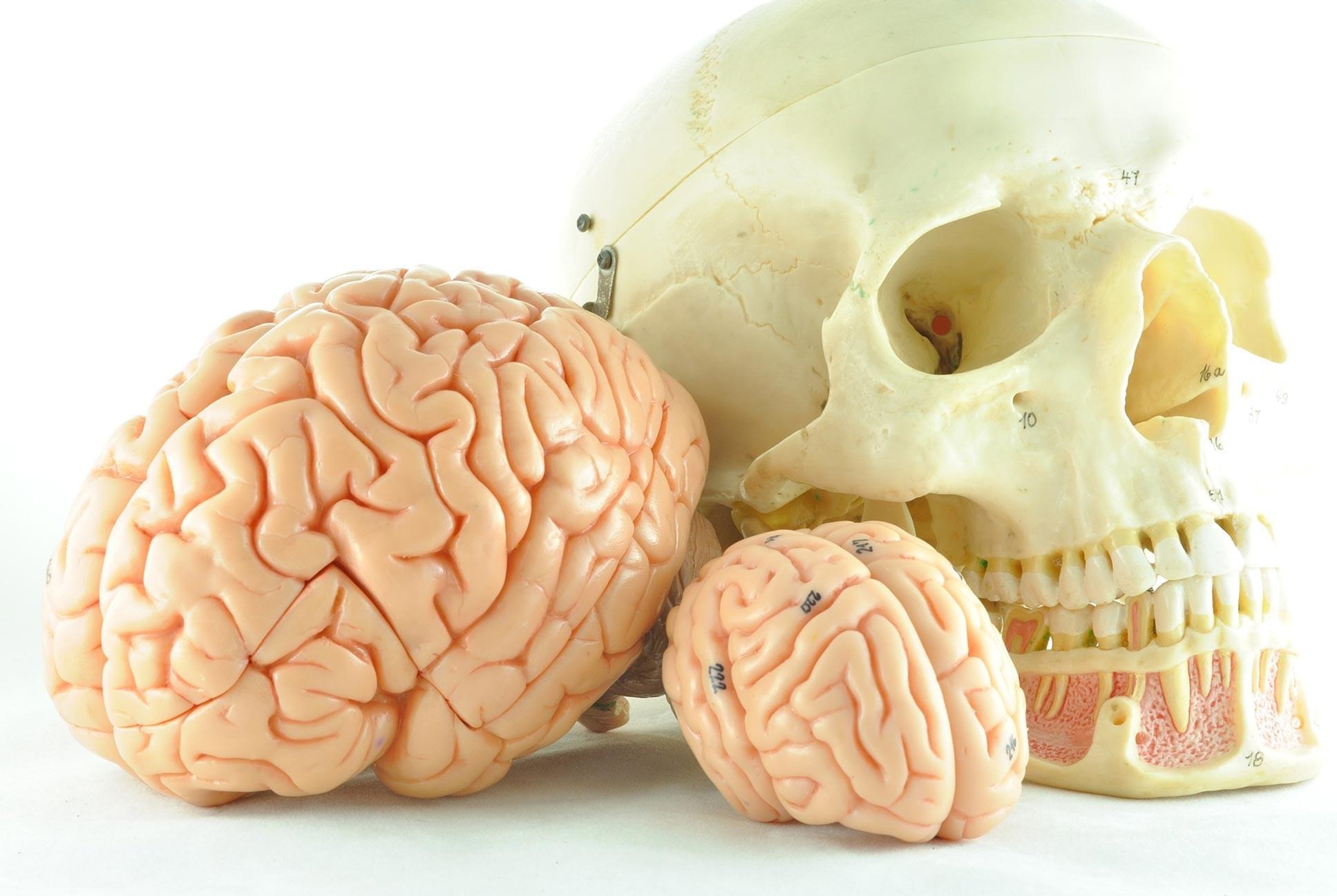Researchers from the German Primate Center—Leibniz Institute for Primate Research and the Max Planck Institute of Molecular Cell Biology and Genetics have discovered two specific genes that evolve exclusively in humans jointly influence the development of the cerebrum. They have thus provided evidence that these genes contribute together to the evolutionary enlargement of the brain.
The work has been published in Science Advances.
The results show that the two genes act in a finely tuned interplay: one ensures that the progenitor cells of the brain multiply more, while the other causes these cells to transform into a different type of progenitor cell—the cells that later form the nerve cells of the brain. In the course of evolution, this interplay has led to the human brain being unique in its size and complexity.
